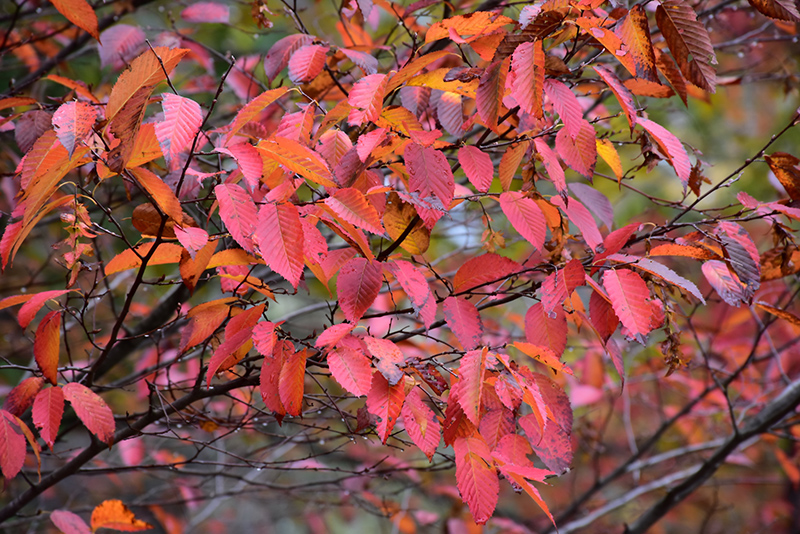Description
Growth & Care
| USDA Plant Hardiness Zone | 3b |
| Growth Rate | Slow |
| Recommended Pruning Method | Late Winter Pruning |
Foliage
| Foliage Type | Deciduous |
| Fall Color | Orange |
| Plant Form | Round |
Flowers
| Flower Fragrance | Unscented |
Additional Categories
| Additional Category | Hornbeam |
| Landscape Application | Accent, Shade, Naturalizing |
Details
Planting & Growing
The American Hornbeam will grow to be about 30 feet tall at maturity, with a spread of 25 feet. It has a low canopy with a typical clearance of 4 feet from the ground, and should not be planted underneath power lines. It grows at a slow rate, and under ideal conditions can be expected to live for 80 years or more.
This tree performs well in both full sun and full shade. It is an amazingly adaptable plant, tolerating both dry conditions and even some standing water. It is not particular as to soil type or pH. It is somewhat tolerant of urban pollution. This species is native to parts of North America.
Landscape Attributes
The American Hornbeam is a deciduous tree with a more or less rounded form. Its average texture blends into the landscape, but can be balanced by one or two finer or coarser trees or shrubs for an effective composition.
This is a relatively low maintenance tree, and is best pruned in late winter once the threat of extreme cold has passed. It has no significant negative characteristics.
The American Hornbeam is recommended for the following landscape applications:
Accent, Shade, Naturalizing And Woodland Gardens
Ornamental Features
The American Hornbeam has forest green deciduous foliage on a tree with a round habit of growth. The pointy leaves turn an outstanding orange in the fall. It produces small clusters of tan hop-like fruit from early fall to late winter. The smooth silvery blue bark adds an interesting dimension to the landscape.






